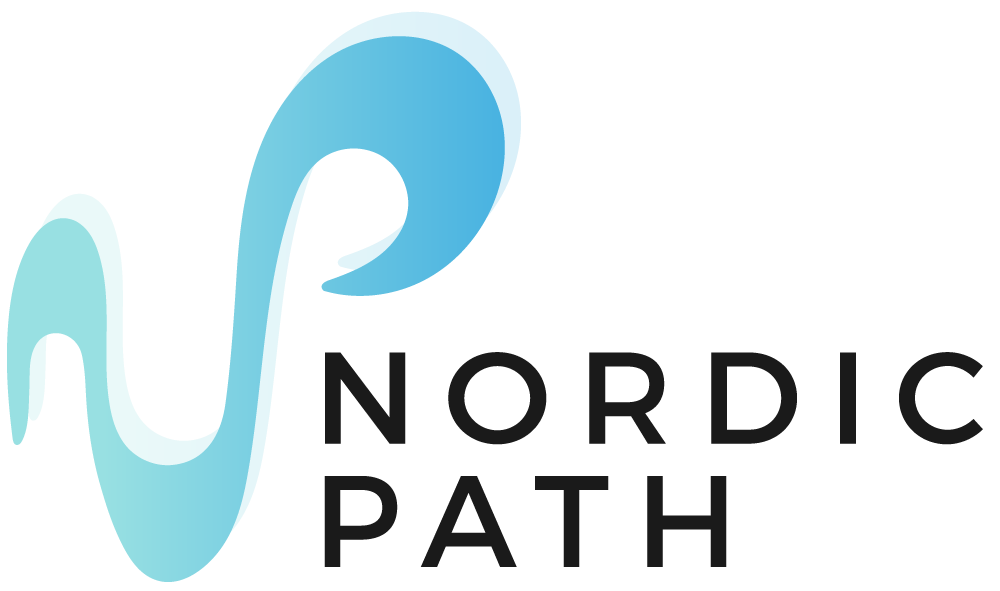As a research project, we aim to contribute to some pressing issues in relation to air quality and the planning of the urban environment. When presenting NordicPATH to others, we often get valuable questions related to our activities. In this section, we have collected some of the most common ones, that we pursue to respond to along the process based on our findings and results.
- How is the air quality in NordicPath municipalities today, what do we know already, and how can it be expected to be in the future?
- How is the air quality in relation to the applicable limit values for air quality and the WHO guidelines for air quality?
- Which sources contribute to the air quality, and how much comes from the human activities and infrastructures in urban areas? – both in the NordicPath municipalities territories and outside them?
- What do we already know about prediction of air quality dynamics in the urban environment as the urban environment is a complex system, characterized by complex surface geometries that affect local air flow?
- What are the health effects of air pollution and the associated societal costs that we want to prioritize/focus on in NordicPath?
- How does NordicPath expect to give an input to urban planning and to which degree by integrating air quality?
- How can low-cost stationary measurements cover gaps in current ways of knowing about the air quality in NordicPath municipalities and urban areas?
- How can low-cost mobile sensors measurements cover gaps in ways of knowing about the air quality in NordicPath municipalities and urban areas?
- How can Maptionnaire cover gaps in ways of knowing about the air quality in NordicPath municipalities and urban areas?
- How reliable is the data (in general)?
- How is the data collected and by whom?
- How can we interpret the data? – What information can we read from the graphs (what do they tell us)?
- What can be done to act on this information? – Which actions can citizens take?
We are open to including new questions that, we are sure, will emerge as the project unfolds. If you are curious about our research, please send us your questions and we will do our best to provide some insights on it.
